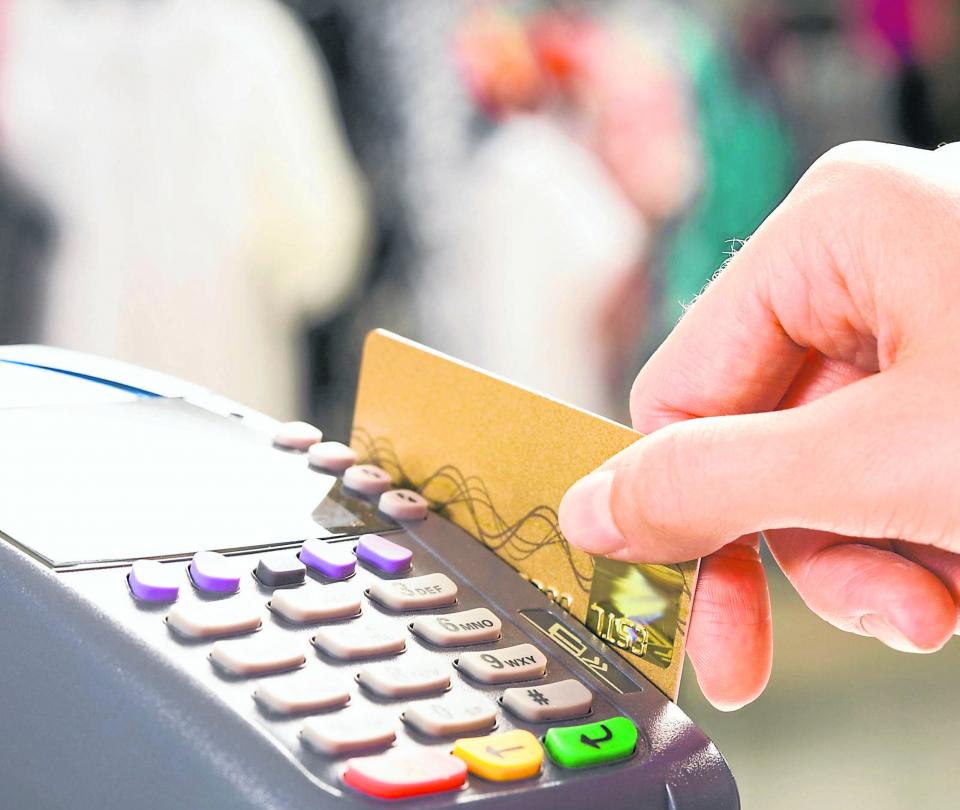Banca de las Oportunidades presented its Financial Inclusion Report for the first quarter of 2022. Colombia continues to consolidate the growth path of the indicator of access to formal financial products.
(Massification of credit, key to deepening financial inclusion).
As of March 2022, the number of adults with at least one deposit or credit financial product in credit establishments, cooperatives with financial activity and microcredit NGOs reached 33.9 million, corresponding to 91.2% of the adult population of the country. country. Of these, 28.3 million had an active or current financial product, corresponding to a use indicator of 76.2%.
The greatest penetration of financial products has been generated from deposit or transactional products. 90% of adults, that is, 33.4 million, had at least one deposit product at the end of March, 0.9 percentage points (pp) above December 2021. Savings accounts continue to be the product with the highest incidence, 29.3 million adults had at least one and 19.4 million kept them active. For their part, digital products such as wallets or electronic purses continue to gain ground, reaching 21.7 million users, of these 16.4 million were active.
(How is the gender gap in financial inclusion in the country?).
“The pandemic led millions of Colombians to change the way they paid for their food or utility bills, generating greater use of digital payments. We have a crucial opportunity to consolidate an inclusive digital payments ecosystem that, in turn, can play a fundamental role in boosting access to financing”stated Paola Arias, director of Banca de las Oportunidades.
For its part, access to financing is further behind. 34.6% of the country’s adult population has at least one valid credit product, which is equivalent to 12.8 million people. The credit card was the most used with 8.0 million, followed by consumer credit, with 7.1 million and microcredit, with 2.3 million.
“Improving access to financing for the underserved population, such as micro-businesses, the rural population and women, and finding innovative and disruptive solutions to generate a broad and diversified base of financing sources, incorporating both public and private banks and cooperative schemes, is a priority of the National Government”, Paola Arias pointed out.
Advances in the access indicator have been heterogeneous, since the supply of financial services has not reached the different regions and areas of the country in the same way, nor both men and women.
Regarding rurality, there is still much to be done in the most remote areas, since the percentage of people with at least one financial product continues to be higher in urban areas (94.7%) than in rural areas (63.9%) . This same behavior had the usage indicator.
(In Colombia, 9 out of 10 adults have a financial product).
Thus, the zones of the Coffee Region, Central East and Central South were the ones that accessed the most (indicator above 88%) and those that used the formal financial system the most (figure above 72%). In contrast, the most relegated continue to be Pacific, Caribbean and Plains.
As for the departments, the highest data occurred in Antioquia, Huila, Valle del Cauca, Risaralda and Santander where access figures above 90% were recorded, while La Guajira, Amazonas, Chocó, Vaupés, Vichada and Guainía showed the lowest results.
From a gender perspective, women (87.8%) continue to have less access to financial services than men (94.3%). Compared to December 2021, access for men increased 0.6 percentage points, while for women, 0.5 percentage points. Regarding use, the behavior was similar, women have a percentage of active products of 74%, while men have 78%.












